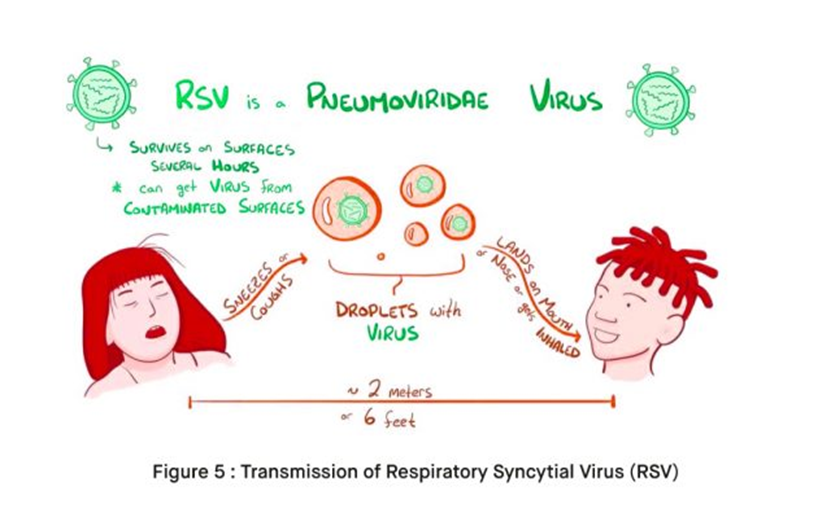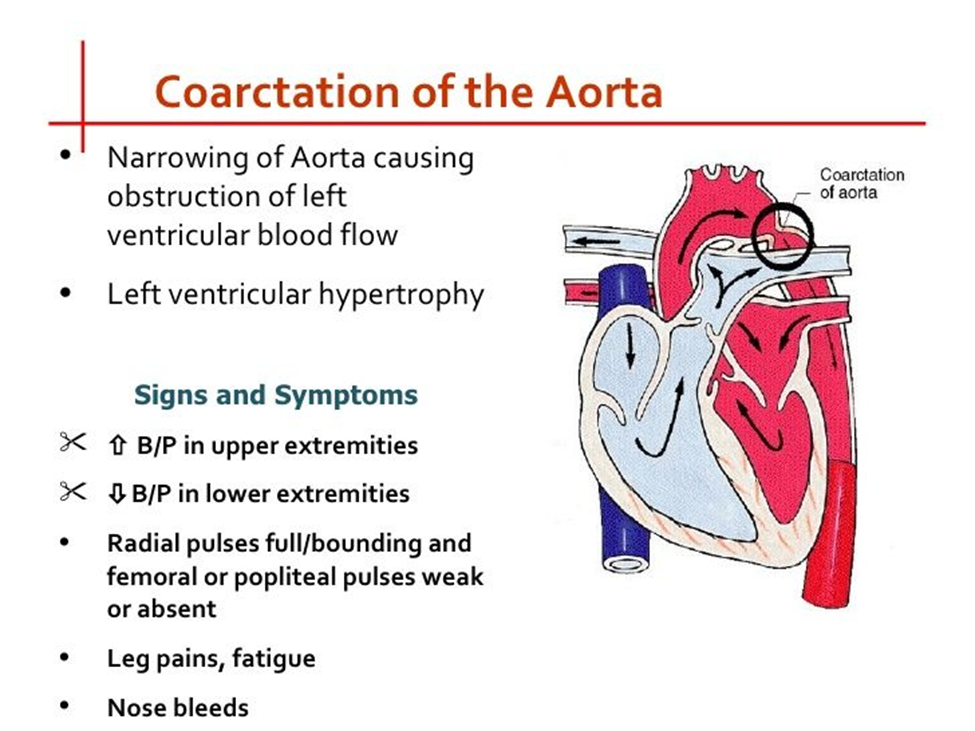A nurse is caring for a hospitalized 2-year-old child who has a tantrum when a parent leaves. Which of the following actions should the nurse take?
Give the child a stuffed animal.
Inform the child that her parent will be back in 2 hr.
Call the parent to return to the child's room.
Leave the child alone in the room for 5 min.
The Correct Answer is A
A. Give the child a stuffed animal: Providing a comforting item like a stuffed animal can help the child feel more secure and may offer some comfort during the parent's absence. This option is appropriate as it addresses the child's emotional needs.
B. Inform the child that her parent will be back in 2 hours: While it's helpful to provide reassurance to the child, a 2-year-old may not fully understand the concept of time, and telling them that their parent will return in 2 hours may not effectively alleviate their distress. This option may not be as immediately comforting as providing a tangible source of comfort.
C. Call the parent to return to the child's room: If possible, having the parent return to the child's room can provide the most direct comfort and reassurance to the child during a tantrum. However, it may not always be feasible for the parent to return immediately, especially if they are occupied or attending to other responsibilities.
D. Leave the child alone in the room for 5 minutes: Leaving the child alone during a tantrum can exacerbate feelings of distress and abandonment, potentially escalating the situation further. It's essential to provide support and reassurance to the child during moments of distress rather than leaving them alone.
Nursing Test Bank
Naxlex Comprehensive Predictor Exams
Related Questions
Correct Answer is C
Explanation
A. A room with a toddler who has pneumonia.
This option is not ideal because both RSV and pneumonia are respiratory infections that can spread to other patients. Placing these two patients together could increase the risk of cross-infection.
B. A private room with reverse isolation.
Reverse isolation is typically used to protect immunocompromised patients from acquiring infections from others. However, in the case of RSV, reverse isolation is not necessary because RSV primarily affects infants and young children who are generally not immunocompromised. Therefore, this option is not appropriate for an infant with RSV.
C. A private room with contact/droplet precautions.
This option is the most appropriate. RSV is primarily spread through respiratory droplets and direct contact with respiratory secretions. Placing the infant in a private room with contact/droplet precautions helps to minimize the risk of transmission to other patients. Healthcare workers and visitors entering the room should adhere to appropriate precautions, including wearing personal protective equipment (PPE) such as masks, gloves, and gowns.
D. A room with an infant who has croup.
Placing an infant with RSV in the same room as an infant with croup is not ideal because both conditions involve respiratory symptoms and may increase the risk of cross-infection.

Correct Answer is C
Explanation
A. Machine-like murmur:
A machine-like murmur typically refers to a continuous murmur, which can be heard throughout systole and diastole. While machine-like murmurs can be associated with certain cardiac conditions, such as patent ductus arteriosus (PDA), they are not typically heard in coarctation of the aorta. In coarctation of the aorta, a systolic ejection murmur may be heard over the upper left sternal border due to turbulent blood flow across the narrowed aortic segment.
B. Severe cyanosis:
Cyanosis refers to a bluish discoloration of the skin and mucous membranes due to decreased oxygenation of the blood. While cyanosis can occur in various congenital heart defects, such as tetralogy of Fallot, it is not a characteristic manifestation of coarctation of the aorta. Coarctation of the aorta typically results in decreased blood flow to the lower extremities rather than mixing of oxygenated and deoxygenated blood.
C. Decreased blood pressure in the legs:
This is the correct choice. Coarctation of the aorta is characterized by narrowing of the aorta, which leads to decreased blood flow to the lower extremities. Consequently, blood pressure measurements in the legs may be lower compared to those in the arms. This finding is often a key indicator of coarctation of the aorta.
D. Pulmonary edema:
Pulmonary edema refers to the accumulation of fluid in the lungs and is typically associated with conditions such as heart failure or fluid overload. While some congenital heart defects may lead to heart failure and subsequent pulmonary edema, coarctation of the aorta does not directly cause pulmonary edema. Instead, it primarily affects blood flow to the lower extremities due to the narrowing of the aorta.

Whether you are a student looking to ace your exams or a practicing nurse seeking to enhance your expertise , our nursing education contents will empower you with the confidence and competence to make a difference in the lives of patients and become a respected leader in the healthcare field.
Visit Naxlex, invest in your future and unlock endless possibilities with our unparalleled nursing education contents today
Report Wrong Answer on the Current Question
Do you disagree with the answer? If yes, what is your expected answer? Explain.
Kindly be descriptive with the issue you are facing.
